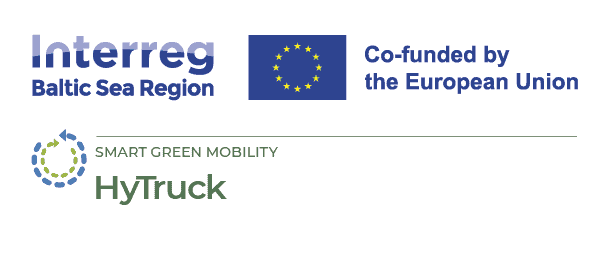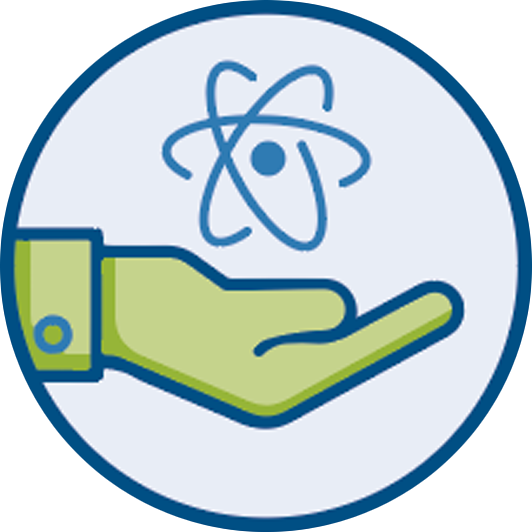
HyTruck contributing to HYPOP webinar "Engaging non-technical audiences"
24 March 2025
Learning through experience: workshops and case studies
Several insightful case examples were shared on how to effectively engage non-technical stakeholders. The webinar began with an introduction by host Daniela Martin, Director of Communications at the Institute of Methods Innovation, who provided an overview of the HYPOP project. HYPOP’s mission is to increase public awareness and build trust in hydrogen technologies.
Alberto Garcia, Project Officer at HYPOP partner Clean Hydrogen Partnership, offered further insights into the project’s activities.
During the HyCARE Project, several workshops have been arranged to gain knowledge from audiences’ attitudes, hopes and concerns. The workshop concept was presented by assistant professor Erika Michela Dematteis from the University of Turin. The workshops have provided opportunities for sharing knowledge of the hydrogen technologies. The presentation gave several examples of good practices to consider while preparing the workshop but also how to improve the future events by collecting feedback from the participants.
Hydrogen on the move: from motorsports to infrastructure
An interesting example of incorporating hydrogen technology into mobility is from France and the legendary 24H Le Mans race. Head of Communications for the MissionH24 programme Carole Capitaine presented the Mission H24 project in which the motorsport industry is trying to look into the sustainable future. Hydrogen has been identified as one of the possibilities to achieve zero emission motorsport. The aim of the project is to create a testing environment for H2 technologies for motorsport in collaboration with car manufacturers. The communication campaigns have highlighted the importance of clearly addressing both the risks and opportunities of new technologies. Equally essential is providing transparent information on how the technology works and ensuring that safety aspects are thoroughly communicated.
Planning for impact: HyTruck’s approach to infrastructure communication
In the HyTruck project, the goal is to develop clear guidelines on how and where to build hydrogen refueling stations. Researcher Marcus Schober from the Rainer Lemoine Institute presented the process behind creating these guidelines. A key part of the work is identifying the primary target group—namely, public authorities responsible for infrastructure decisions—and providing them with the information they need to make well-informed choices.
Equally important is selecting and tailoring relevant content for other stakeholders. Dr. Oleg Todorov illustrated how the HyTruck project approaches communication and dissemination to different audiences. One example is the Breakfast Briefings concept, designed to allow various projects to share their findings with interested parties. To date, 18 sessions have been organized, each focusing on country-specific challenges and developments related to hydrogen infrastructure.
Local action, lasting impact: Finnish example from Cefmof
In Finland, the Central Finland Mobility Foundation—abbreviated as Cefmof—has been established to promote sustainable transportation, with a strong focus on hydrogen. CEO Esa Eerola presented a variety of events organized to raise awareness among diverse audiences. These have included activities for children and families, as well as networking opportunities for businesses.
Cefmof has partnered with local events to bring hydrogen closer to the public. One creative example was a hydrogen-heated pizza oven at the City of Light festival, where festival-goers could enjoy snacks while learning about clean energy.
Looking ahead, the first pilot of hydrogen-powered public transport in the Jyväskylä region is set to launch in 2025. The two-year pilot will involve five buses, with the goal of creating visible demand for hydrogen as a fuel. As Eerola noted, for people to get excited about hydrogen-powered vehicles, they need to actually see them on the streets.





